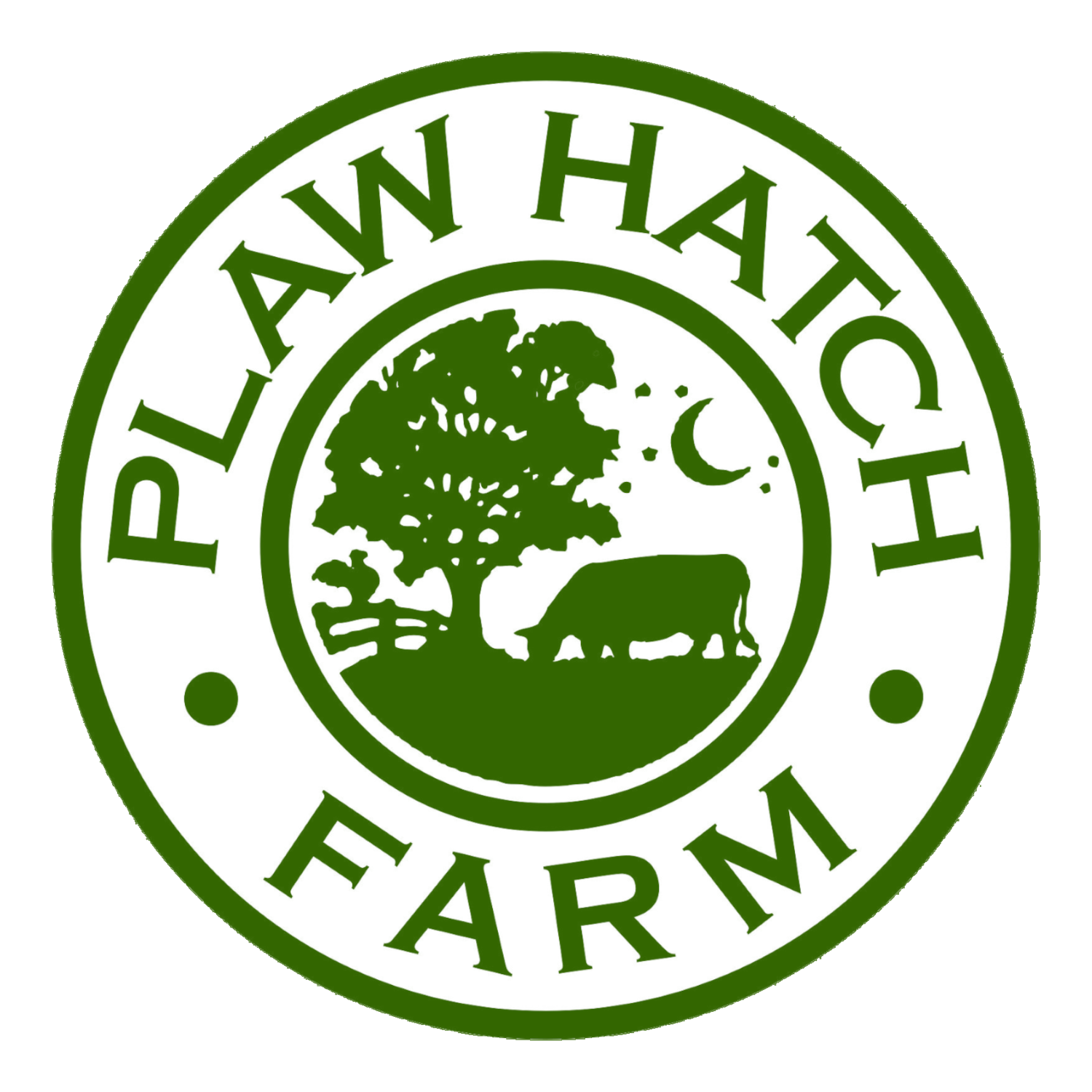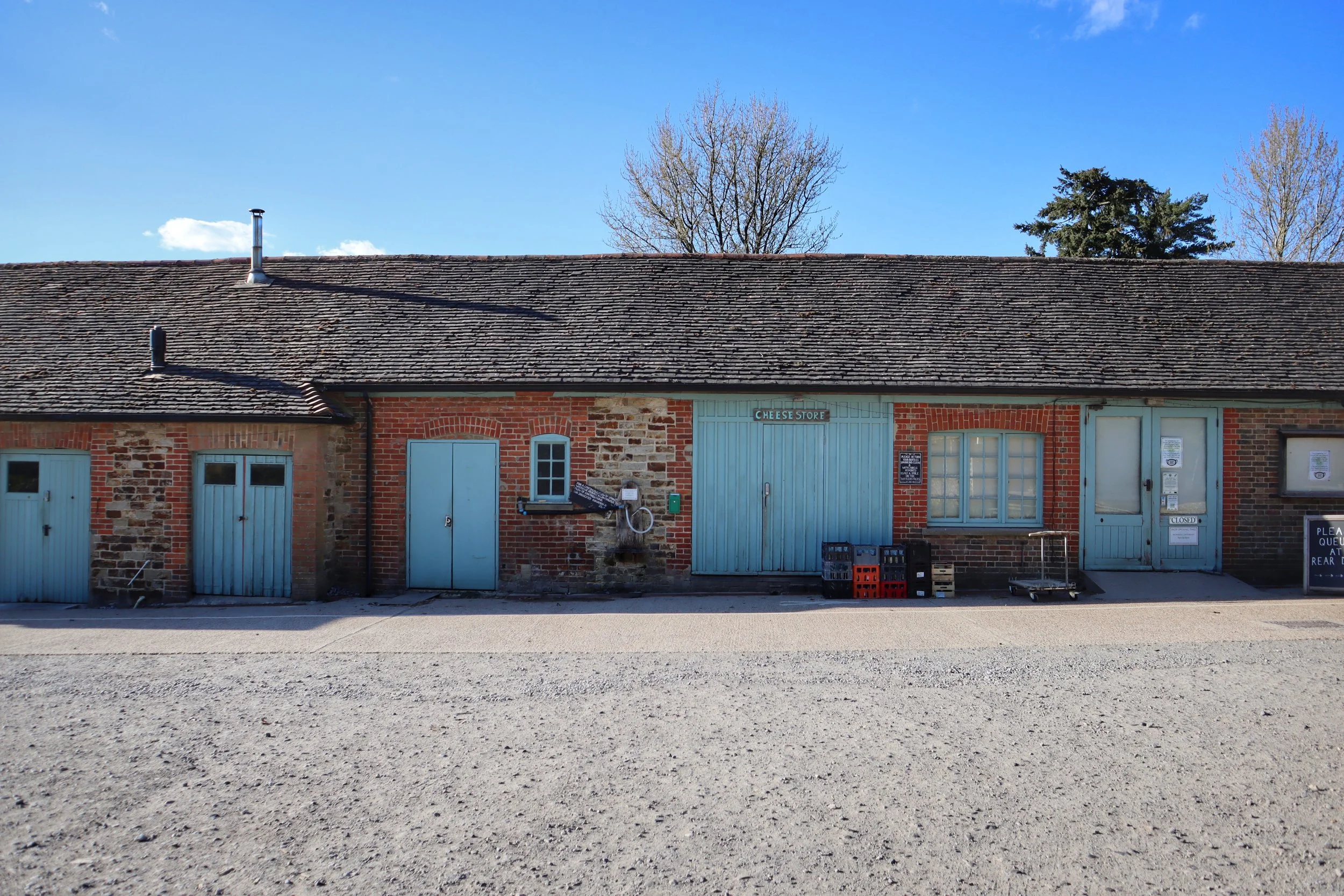Native woodland regeneration at Plaw Hatch Farm
Robin Hall
Plaw Hatch Farm contains several areas of woodland. The farm’s location on the edge of Ashdown Forest means that its woodland is subject to browsing by the substantial numbers of Fallow deer that roam the area.
Woods, hedgerows, individual trees, and clumps in fields bring many benefits to wildlife and the beauty of the landscape. The aim of the woodland regeneration project at Plaw Hatch is to restore and extend our small area of Ancient Semi-Natural Woodland (ASNW). This will greatly improve biodiversity and return some of the farm’s lost woodland to the landscape.
There are two issues that are hindering natural regeneration of woodland here on the farm.
Firstly, there are areas that are infested by invasive non-native species, namely rhododendron and Cherry Laurel, as well as some stands of bamboo. These create dense shade that prevents young trees or any other native woodland plants from growing.
In the winter of 2020/21 work started to remove invasive Laurel and rhododendron
Secondly, away from the invasive non-native plant species, where tree seedlings have managed to grow, they are vulnerable to deer which eat both the seedlings and other ground flora. I was inspired by a visit to woodland belonging to Philip and Pam Glyn at Ashurst Wood where I saw the remarkable regeneration that occurs when deer are excluded from woods.
Natural regeneration behind temporary deer fencing
If permitted, native woodland will regenerate naturally from seeds spread from nearby trees and from old, buried seed. The seeds of trees and other species can only germinate if there is sufficient ground level light. Tree seedlings can only develop and mature if deer numbers are greatly reduced or, preferably, if access to deer is prevented altogether.
Hence, two things need to happen to the remaining woodland. The invasive plant species must be permanently removed. Then, a deer fence must be constructed that will permanently exclude the deer. This combination of increased light and protection from deer will allow native trees and other native woodland plants to flourish.
Removing invasive species and preventing their return is a big task. Chemical poisons (such as Glyphosate) are often used to kill the cut stumps. The only alternative to this is digging up the shoots and stems until all the invasive species’ plant material is removed. This last method is labour- intensive, requiring a continued commitment and regular visits to “weed” the cleared area. It will only succeed if enough labour is available as reducing the “weeding” will rapidly lead to the return of the invasive species by growth from seed or remaining roots. However, if committed to, this approach will be hugely rewarding in seeing this land restored to a rich, biodiverse woodland.
This approach requires the formation of a small group of enthusiasts who enjoy this kind of work. So, if you enjoy working in woodland and wish to support this project, helping to regenerate the native woodland here at Plaw Hatch, we would love to hear from you.








